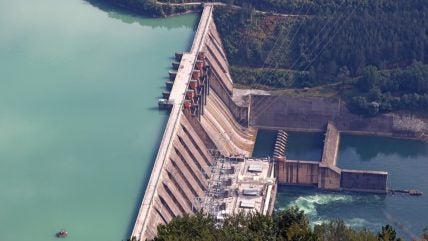
Indian Prime Minister Narendra Modi has laid the foundation stone for the 2.88GW Dibang multipurpose hydropower project in the north-eastern state of Arunachal Pradesh.
Located in the Lower Dibang Valley district, the project is being managed by state-owned National Hydropower Corporation (NHPC).
The Dibang project is the highest concrete-gravity dam in the country at 278m.
Costing more than $3.85bn, the project will generate electricity and contribute to the socio-economic growth of the region.
Situated near Munli village, it will serve as an energy storage facility with a dual focus on power generation and flood moderation.
It will generate 11.22 billion units of hydropower annually.
To achieve flood moderation, a capacity of 1.28 billion cubic metres (m³) will be maintained below the full reservoir level during the monsoon season.
The construction phase, spanning 108 months, will conclude by February 2032, providing direct employment for 500 people and a further 300 during its operational phase.
The dam will employ the roller compacted concrete (RCC) technique, setting a global benchmark as the tallest RCC dam in the world.
The Dibang dam will achieve a world-first by placing more than 500,000m³ of concrete within a single month.
In early 2024, India and Nepal signed a power trade agreement that will see Nepal export 10GW of hydroelectricity to India up to 2032, Reuters has reported.
The agreement will draw capital to Nepal’s financially struggling hydroelectric industry.
The Himalayan rivers that flow into Nepal can generate 42GW of electricity, but owing to lack of funding and technical know-how, the country currently produces less than 3GW.
The agreement aims to use this untapped resource and stimulate economic growth.



